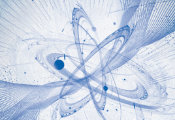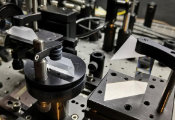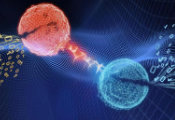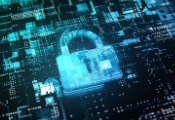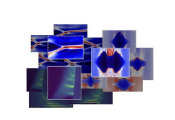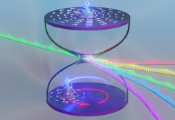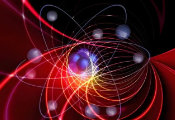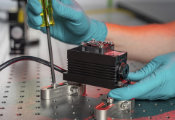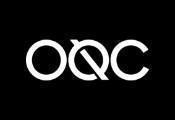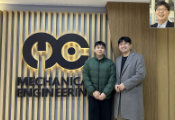US-Japanese Partnership Approaches an Atomic Clock Breakthrough
ALBUQUERQUE, August 15, 2024 — All clocks are ticking down to an argument about the time. Imperceptibly, they gain or lose fractions of a second. Gradually, they drift apart until someone reads the time aloud, and somebody with a different clock begs to differ.
Unless clocks are periodically synchronized, drift is just a fact of life. Even super accurate atomic clocks experience drift. While not as much as a cheap bedroom alarm clock, it is still enough to catch the attention of Dan Thrasher, a scientist at Sandia National Laboratories, who believes he can create a better one.
Thrasher is working with Japanese tech company Nichia Corporation to build the world’s most accurate compact atomic clock. These clocks, currently about the size of a matchbook, are used in a variety of technologies from backpack radios, GPS receivers, underwater sensors, power grids and satellites. Any drift they experience limits the time these technologies can run on their own without help from a reference clock.
According to Thrasher, scientists have been trying to do what he is doing for the past two decades since the creation of the chip-scale atomic clock, or CSAC (pronounced “sea sack”). The matchbook-sized ticker holds the title of the world’s smallest commercial atomic clock.
The laser is finely tuned to just the right wavelength to tickle atoms of the element cesium, part of an intricate setup that locks in a precise timekeeping rhythm. It was first demonstrated at Sandia. But the record-holding clock isn’t perfect.
Since 2008, researchers at Sandia have been working on miniaturizing a more accurate, albeit larger, type of timepiece called a microwave ion clock. Sandia’s proposed clock would use electrically charged ions of ytterbium instead of cesium. However, no one has been able to demonstrate a small, stable and efficient ultraviolet laser required to operate it.
The laser was the same variety used in CSACs, called a vertical cavity surface emitting laser, or VCSEL (rhymes with “pixel”). What’s more, “Nichia had been looking for a new opportunity to showcase the value of its VCSEL with violet-blue wavelength,” a Nichia spokesperson said.
In June, Thrasher successfully used Nichia’s laser to optically detect barium ions and presented his research at the European Frequency and Time Forum in Neuchâtel, Switzerland. While this is not the same as measuring time, it demonstrates the laser possesses all the necessary qualities to operate the clock. The research itself holds potential value for certain types of quantum computing, where lasers are used to make precise measurements of trapped ions.

